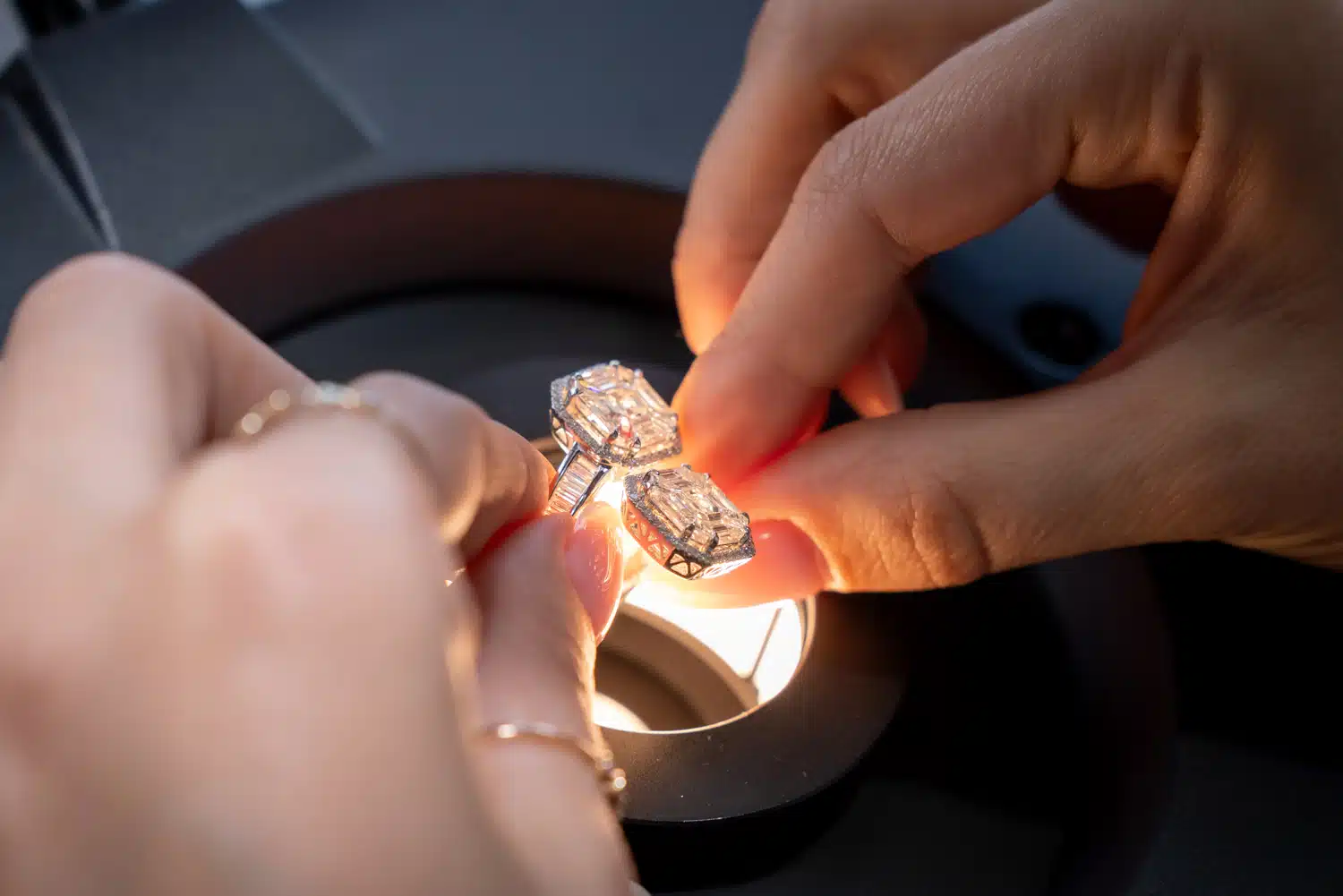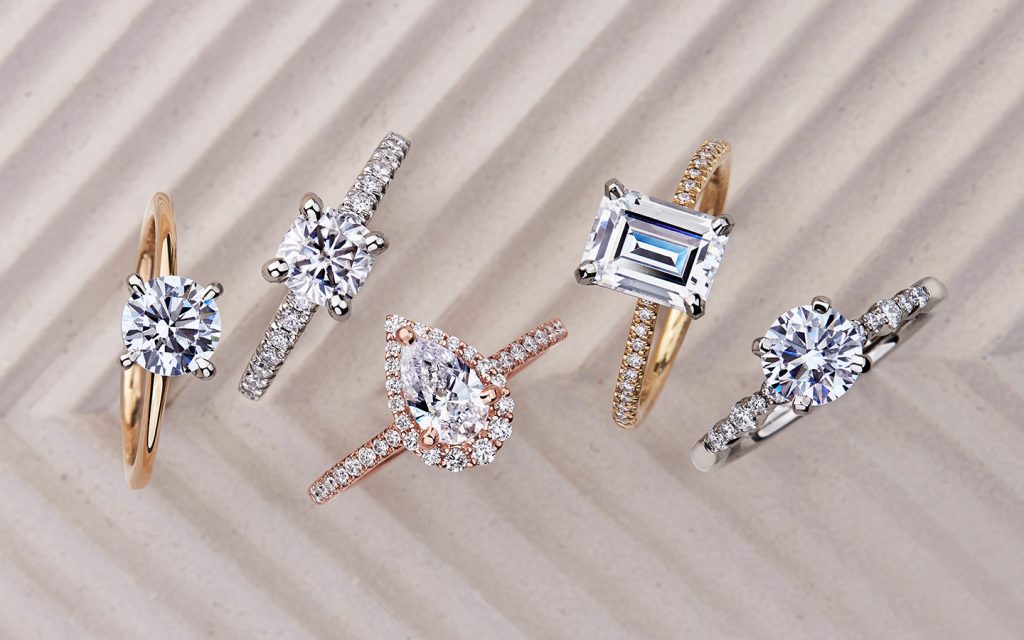
What is a Boat Bath
A boat bath is a traditional bath without feet that goes straight down to the floor or more usually stands on a plinth that is either glued or bolted to the main part of the bath. A boat bath will have a plug and overflow in the middle of the bath lengthwise making it a double ended bath, occasionally boat baths may have a plug hole that is also in the center of the bath widthways but this is less usual. Boat baths usually rise up slightly at both ends of the bath and have an edge that curves downwards towards the middle (lengthwise). Boat baths are usually roll top baths, that means that the edge of the bath has a profile that approximates to a section from the circumference of a circle. Bateau baths are a kind of boat bath which has bath feet instead of a plinth.
Boat Bath Construction Types
Most contemporarily manufactured boat baths are one of four main construction types: Cast Iron, Stone Cast Resin, Fibreglass and Acrylic Sheeting. There are good and bad quality baths in each of these categories of construction. Cast Iron has the advantage of keeping to the traditional construction materials if that is what you want but is heavy, a down to floor cast iron boat bath is likely to weigh about 200-250kgs. Stone Cast Baths are lighter but still heavy, 100-150 kgs, they are very rigid but other than this have no real advantages over a good quality acrylic or fibreglass bath, stone cast baths are made from a mixture of powdered mineral and some kind of resin which may in fact be acrylic so the surface of these baths is often not so different as people imagine from the surface of an acrylic bath. Fibreglass baths have a resin and glass fibre body, similar to some car bodies which is then coated with an acrylic gel to give and acrylic surface. Baths constructed like this are often more rigid than equivalent acrylic sheet baths but are still light (40-60kgs). Acrylic sheet baths if sufficiently reinforced can match the rigidity and quality of fibreglass and gel coat baths but sometimes large expanses of acrylic sheeting can be more flexible than fibreglass equivalents.
Fitting Taps to your Boat Bath
Boat bath are usually roll top baths and as such cannot have taps mounted on the edge of the bath unless they have a tap platform. A tap platform is an area on the edge of the bath that flattens out so that tap holes can be drilled in the bath and taps mounted on its edge. Because boat baths are always double ended baths the tap platform if there is one is invariably in the center of the bath above the overflow. Where there is no tap platform then you will have to fit either wall mounted or floor mounted taps. Floor mounted taps will be mounted on stand pipes, stand pipes cover the pipes carrying water to the taps usually with chromed piping and are robust enough to support the weight of the taps. Stand pipes stand in contrast to pipe shrouds (also called bath legs, but not to be confused with legs that support the bath, these are entirely different). Pipe shrouds are used when taps are mounted on the edge of the bath and are intended to provide an decorative cover to the water feeds but not to support the weight of the taps. Pipe shrouds are usually designed so that they are extendable and can fit on baths of a variety of heights. Boat baths are in general relatively high, and if you are fitting pipe shrouds or standing your taps on stand pipes you should check that they will be of sufficient height for your bath. As a general rule for standpipes you should aim to use standpipes that are as high or higher than the part of the bath against which they will stand. Usually this will mean using 700mm standpipes. You should also take care if fitting taps on standpipes to ensure that the reach of the spout will be sufficient to get over the roll top edge of the bath. If in doubt both with height and reach look for cranked leg taps, a cranked leg tap has a wiggle in the leg that both pushes the tap higher up and further forward giving both extra height and reach.





More Stories